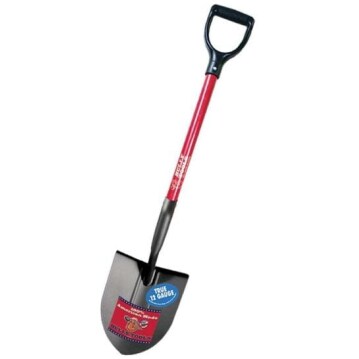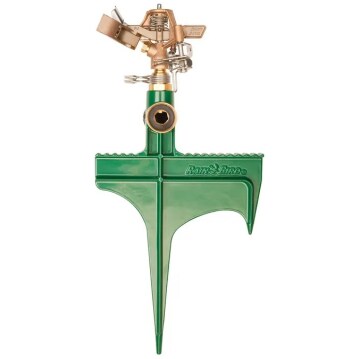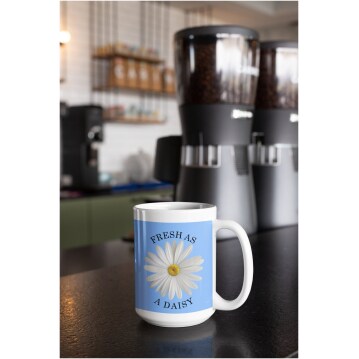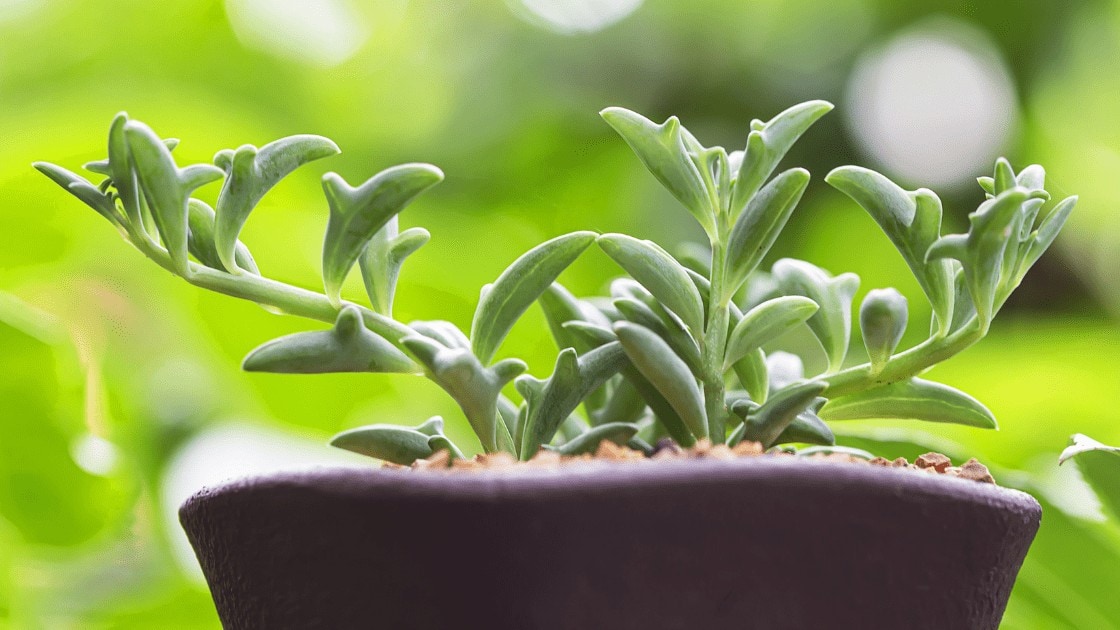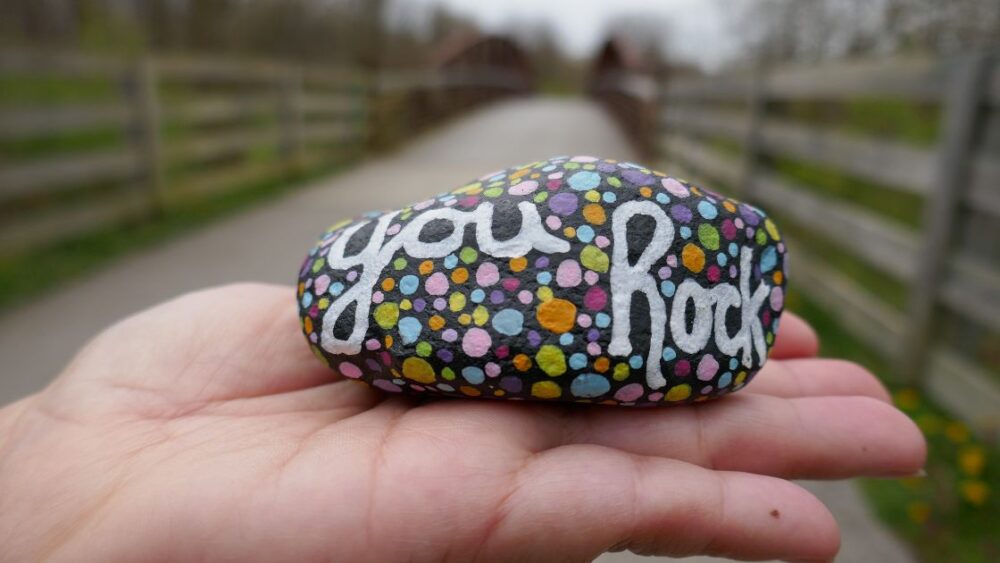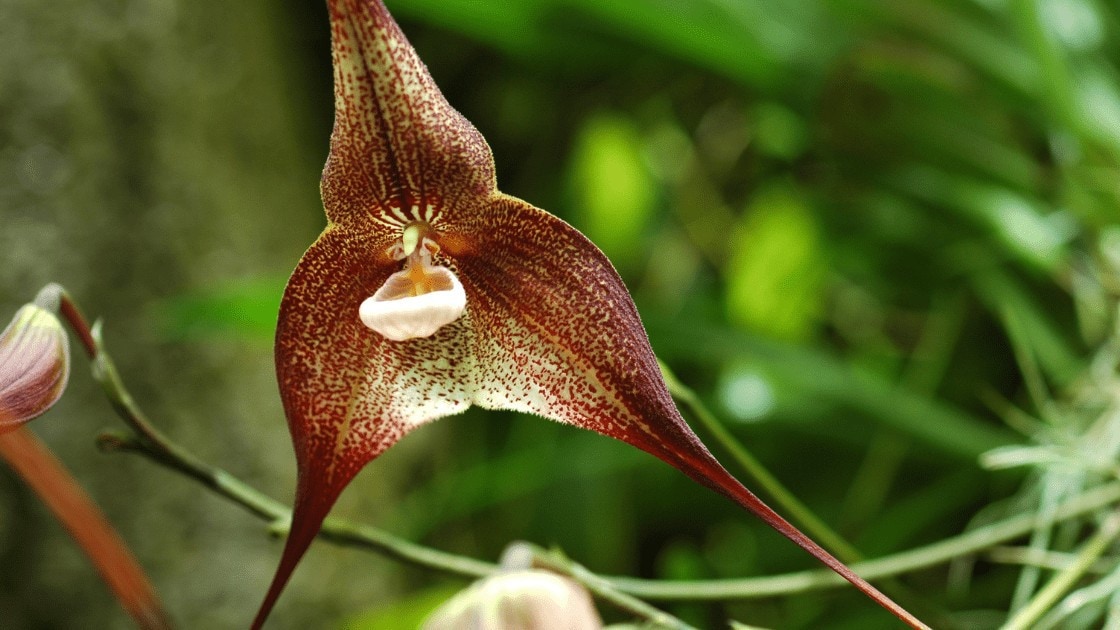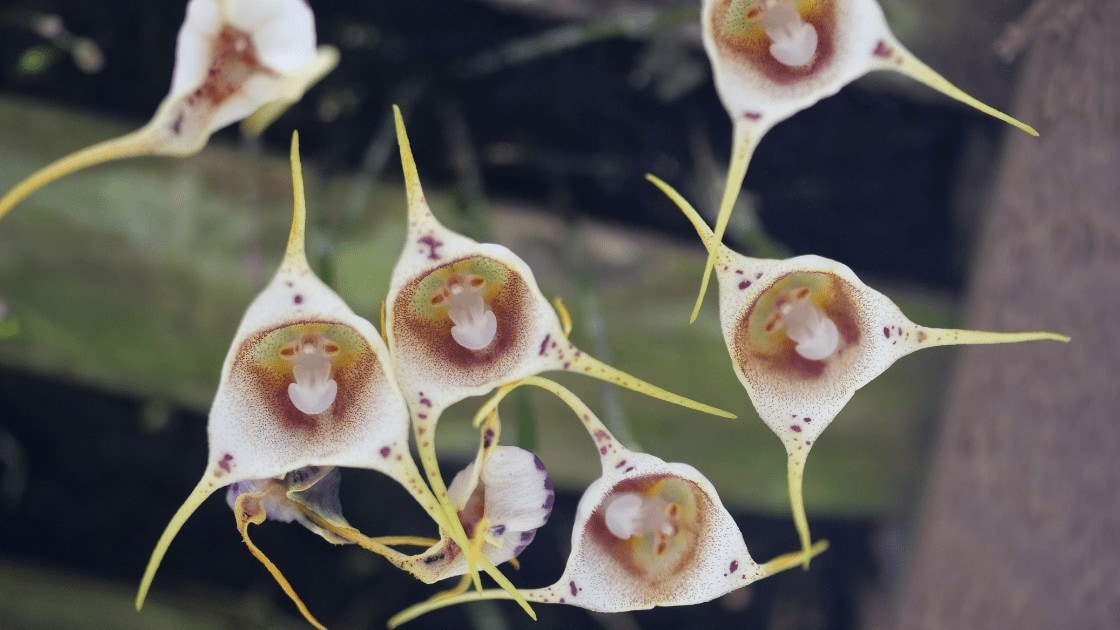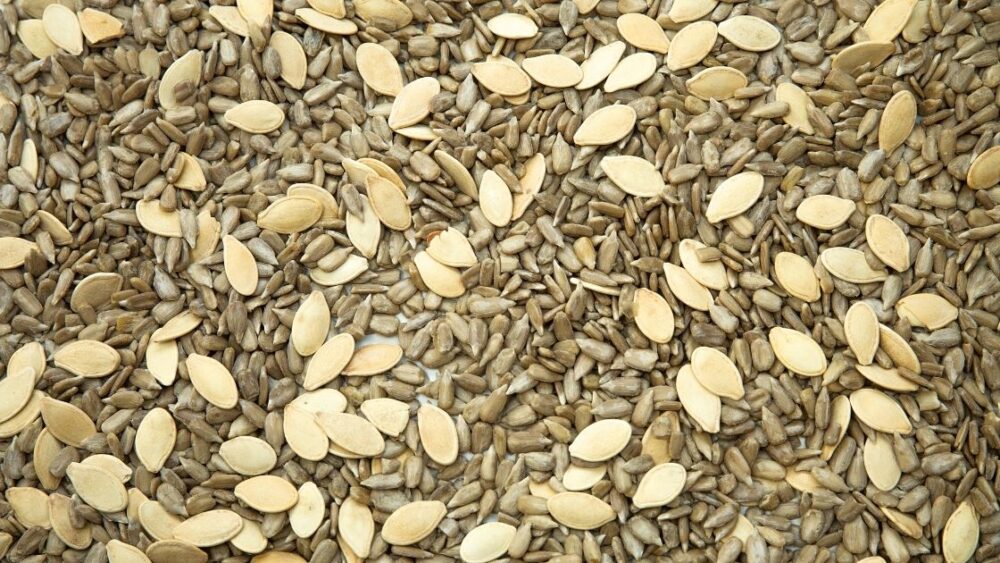
Have you heard a lot about orchids and whenever you have seen one in a store you have thought how nice it would be to have it in your living room? You don’t know what kind of orchid would be ideal to grow in your garden or terrace?
Are you afraid of not knowing how to take care of it and spoil all its beauty because you have not paid enough attention to it? Then you don’t have to look any further, or worry about it, because you are in the right place to solve all these doubts about gardening that have been going around in your head for some time.
Throughout this article we will talk to you about orchids, about all their care, their fertilization times and their particularities, because all plants (whether they are prettier or uglier) have them and the best thing is to know them in order to prevent accidents in their maintenance that make us have an upset and force us to say goodbye to our plant before time.
Browse our Affiliate Products
Although all orchids in general are beautiful and worthy of mention, today we will only talk about one species in particular: The Bee Orchid.
All plants require our attention and love, but with orchids all those basic needs become even more important and whether we know them or not will make the difference between having a healthy and beautiful orchid for years, or having an orchid without vitality and unable to give flowers after the first year.
For this reason, we will now give you an essential guide for the care of this very special type of orchid, with the intention of allowing you to enjoy its particular beauty for a very long time.
Ready to know everything about the bee Orchid?
Take note!
Where to Find Bee Orchid’s
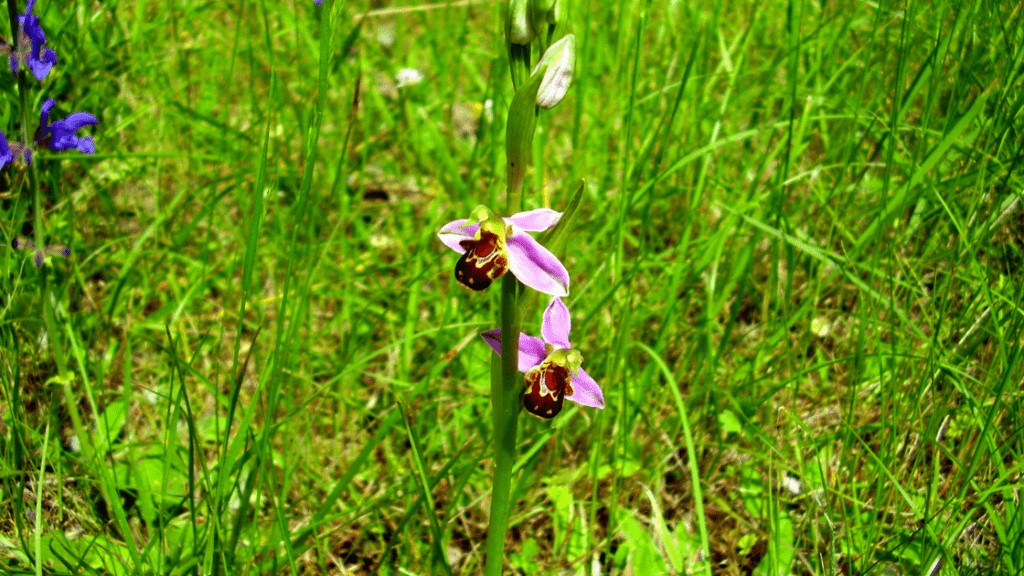
The Bee Orchids, commonly referred to among gardeners as Ophrys Apifera, is a very special type of terrestrial orchid that can be easily found from the Mediterranean to the greenery of the Caucasus.
Although, the place where it is currently preserved for study and care is in Northern Ireland since 1985, where they self-pollinate and protect it so that the species does not disappear and all botanical lovers can study it closely and observe their particular physical characteristics.
As for the place where this orchid grows naturally and wild without the help of man, we can find it growing without problems in places where the climate is warm, humid and among pastures, meadows, roadsides and even on railroad embankments.
On the other hand, if you are thinking of going to see them with your own eyes and travel to the places where they usually grow, the best time to contemplate them and take pictures of them is between the months of June and July, that is, in the middle of summer.
This is because these orchids sleep during the winter and develop and flower from late spring to late summer. So, if you want to see them when they are really beautiful, book next summer to do your botanical research and see this beauty of nature up close.
For more information on orchids, click here. Most Popular Questions About Orchids
How to Identify Bee Orchid’s
Many gardening experts call the Bee Orchids the “best imitation of nature”, because as its name indicates, this orchid imitates the shape of a female bee and tricks pollinators into choosing it in the spring to keep its pollen.
Without going any further, if we take a moment and analyze carefully the etymology of its name, we will see that this plant appeared with the only intention of attracting bees to be able to subsist among the rest of plants: Ophrys (eyebrow) and Apifera (which carries bees).
And the truth is that its name does justice to the appearance of this plant, since the Bee Orchids is easily recognizable despite being quite small, having a rosette at ground level and a single fine but robust stem that can reach 50 cm high and from which grow two long leaves in the form of a pod.
Along the whole stem we will be able to find several groupings of big spaced flowers whose pink or yellowish petals look like fine wings, accompanied by a big central lobe of brown and velvety color with several white and yellow stripes that give it the appearance of a bee.
Although, the deception of this plant does not remain only in a perfect recreation of the aspect of a female bee, but that goes beyond and emits an aroma practically equal to the one that generates this type of bees during the pollination time. This causes the trap to be totally perfect and all the male bees that roam around it to fall into it and end up pollinating it, finding themselves later frustrated by the deception and moving away without pollen from its deceptive petals.
As for the color of the petals of this orchid, they are usually pink, but there are also subtypes in which the petals are yellow or brown, which makes their imitation of bees even more perfect and makes them much more attractive to pollinators.
Care
Lighting
As we have explained throughout the article, the Bee Orchid is a plant that grows naturally in Mediterranean fields, so the ideal climate for our orchid to grow and survive without problems should be the same. And what are the main characteristics of the Mediterranean climate? What is warm, humid and very sunny during most of the year.
As with the rest of the orchid species, these plants require a great deal of daily light in order to grow, as long as this sun exposure is not direct, nor does it exceed 5 hours a day. Otherwise, we could cause its leaves to burn and it would be necessary to transplant it from the root to try to save it.
Air Circulation
One of the keys to caring for this and all orchids is to keep them well ventilated at all times, ideally on a windowsill or directly on a terrace or garden where the temperature remains stable most of the year.
Draughts help the plant to regulate its temperature, especially in times when the outside temperatures are very high, and our orchid runs the risk of withering due to an excess of heat in its leaves. Furthermore, if it is well aerated our plant will also be able to eliminate by itself the excess water that is generated after watering it, avoiding that the stagnant water rots its roots little by little.
Watering
The watering of orchids is not something too much to control, since they are plants that resist dryness very well and do not need a constant amount of water to be able to develop. During the months of greater development, that is to say, from the beginning of spring to the end of summer we will have to water it more to counteract the heat, whereas during the winter it will hardly need water.
The key for the Bee Orchids to always stay hydrated is to keep its soil moist and enriched, avoiding water puddles after each risk at the bottom of the pot and using humus-rich soil to improve its growth and avoid pests.
Fertilizing
While most orchid species require the continued use of fertilizers, to care for our Bee Orchid properly we should not use any. Many experts claim that the use of any fertilizer would ruin the natural growth of our orchid, which only needs to have humus and moisture enriched soil to thrive and flower at the right time.
Dormancy
All orchid species require a resting period to promote their growth, and it is preferable that during the winter months we do not add fertilizer or water it excessively; only if we observe that it is strictly necessary and that the soil is too dry.
Winter Care
Our Bee Orchid will be able to grow without problems in places where the climate remains cold, being its ideal temperature range between 20 and 25 degrees and getting to endure without problems night temperatures of up to 12 degrees, so during the winter months take care of our plant will be nothing complicated.
How People Can Help
Nowadays there are all kinds of measures for the care and maintenance of the pastures where this type of orchids grows so that the wild life can continue developing in their natural habitats without inconveniences.
The Bee Orchid is a native flower of Great Britain, however there are areas where its survival was in serious danger and it was decided to start self-pollinating in protected nurseries in Ireland. This is why it is so important to devote part of our efforts to caring for our pastures and prevent species as important as the Bee orchids end up disappearing because of human action and the effects of indiscriminate urbanization.
Did You Know
The Bee Orchids has a whole set of stories and legends behind it that make it a much more interesting plant.
Here are some of them for you to know better:
- In the beginning before this type of orchid was called “Bee Orchids”, gardening lovers who studied it called it: Bee-Flower, Bumble Bee, Humble Bee, Dumble Dor and Honey-Flower.
- Legend has it that the meaning of its current name comes from the rumor that the women of ancient Greece used these flowers to darken their eyebrows and make them look more crowded, thanks to the brown color and the velvety touch of the lobe of this plant
- It is the official flower of Bedfordshire County
- In the language of flowers, this plant means error and industrialization
Conclusion
In conclusion, if you want to be able to grow a Bee Orchid in your own home and enjoy the particular beauty of all its flowers during the summer months, from this simple guide we have provided you will be able to achieve it.
The orchids, whatever species we grow, are some of the most beautiful and worthy of having in our homes, so it is worth trying to investigate a little more about their care and particularities to become an expert in these magnificent flowers that nature has given us.
